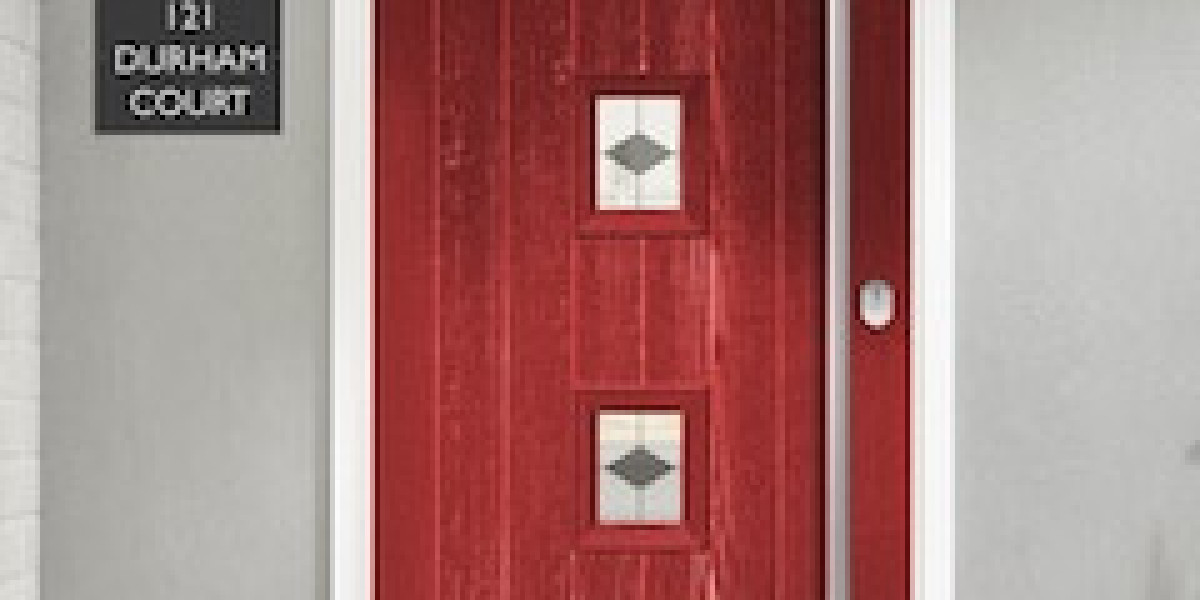The Purr-fect Fix: A Comprehensive Guide to Cat Door Fixing
As any cat owner can confirm, a cat door is a necessary feature in any feline-friendly home. It offers our whiskered friends with the liberty to come and go as they please, while likewise keeping undesirable animals out. However, like any other family item, double-glazed cat flap installation doors can become damaged or worn with time, needing some TLC to get them back in working order. In this post, we'll explore the world of cat door fixing, exploring the common problems, DIY options, and expert tips to assist you keep your feline pal's entrance in top condition.
Common Issues with Cat Doors
Before we dive into the fixing part, it's essential to understand the common issues that can emerge with cat doors. These include:

- Sticking or jamming: Over time, the door's hinges or rollers can become broken, triggering the door to stick or jam.
- Leaks: Gaps or fractures in the door or its frame can enable cold air, wetness, or perhaps undesirable visitors to enter your home.
- Broken or damaged frames: Accidental scratches or knocks can harm the door's frame, jeopardizing its structural integrity.
- Defective locking mechanisms: The locking system can end up being jammed or broken, rendering the door ineffective.
- Worn-out seals: The door's seals can end up being broken, enabling air to permeate through and minimizing the door's energy effectiveness.
Do It Yourself Solutions for cat door installer Door Fixing
Thankfully, lots of cat door problems can be resolved with some basic DIY abilities and tools. Here are some detailed solutions for common problems:
- Sticking or jamming:
- Clean the door's hinges and rollers with a soft brush and some lubricant.
- Use some silicone-based lube to the hinges and rollers.
- If the door still sticks, try adjusting the hinges or replacing the rollers.
- Leaks:
- Inspect the door and its frame for spaces or fractures.
- Seal any gaps or fractures with weatherstripping or caulk.
- Replace the door's seals if they're worn.
- Broken or damaged frames:
- Clean and inspect the frame for any damage.
- Use wood glue or a wood filler to repair any fractures or scratches.
- If the frame is severely damaged, think about changing it.
- Faulty locking mechanisms:
- Inspect the locking system for any clogs or jamming.
- Tidy the locking system with a soft brush and some lubricant.
- If the locking system is still defective, consider replacing it.
- Damaged seals:
- Inspect the seals for any signs of wear or damage.
- Change the seals with new ones, following the producer's directions.
Expert Tips for Cat Door Fixing
While DIY options can be effective, in some cases it's required to employ the experts. Here are some expert tips for cat door fixing:
- Use the right tools: Invest in a good quality toolset, consisting of a screwdriver, pliers, and a wrench.
- Measure twice, cut as soon as: Before making any repair work, confirm your measurements to avoid any costly mistakes.
- Utilize the best products: Choose products that are resilient and weather-resistant, such as stainless steel or PVC.
- Think about updating: If your cat door is old or outdated, consider updating to a more recent model with enhanced features and functionality.
Often Asked Questions
Q: How typically should I check my cat door?A: It's suggested to check your cat door every 6-12 months to catch any prospective issues before they end up being significant issues.
Q: Can I repair a cat door myself?A: Yes, many cat door issues can be resolved with some basic DIY abilities and tools. However, if you're unsure or uncomfortable with DIY repair work, it's best to consult a professional.
Q: What are the benefits of updating to a newer cat door design?A: Newer cat door designs often feature improved features, www.repairmywindowsanddoors.co.Uk such as much better insulation, improved security, and simpler cleansing.
Conclusion
Cat door fixing is a fairly straightforward process that can be accomplished with some basic DIY skills and tools. By understanding the typical issues that can emerge with cat doors and following the expert tips and DIY options described in this short article, you'll be well on your way to keeping your feline good friend's entrance in top condition. Keep in mind to examine your cat door regularly and consider upgrading to a more recent model if necessary. With a little TLC, your cat door will continue to provide your feline friend with the freedom and convenience they are worthy of.
Extra Resources
- Cat door maintenance checklist:
- Inspect the door and its frame for any damage or wear.
- Clean the door's hinges and rollers.
- Check the locking system for any obstructions or jamming.
- Replace the door's seals if they're worn.
- Suggested tools for cat door fixing:
- Screwdriver
- Pliers
- Wrench
- Weatherstripping or caulk
- Wood glue or wood filler
- Cat door producers:
- PetSafe
- Cat Mate
- Staywell
- Ideal pet lifestyle door installation Products
By following the tips and guidelines described in this article, you'll be well on your method to ending up being a cat door fixing expert. Keep in mind to constantly follow safety preventative measures and speak with a professional if you're unsure or uneasy with any aspect of the process.







